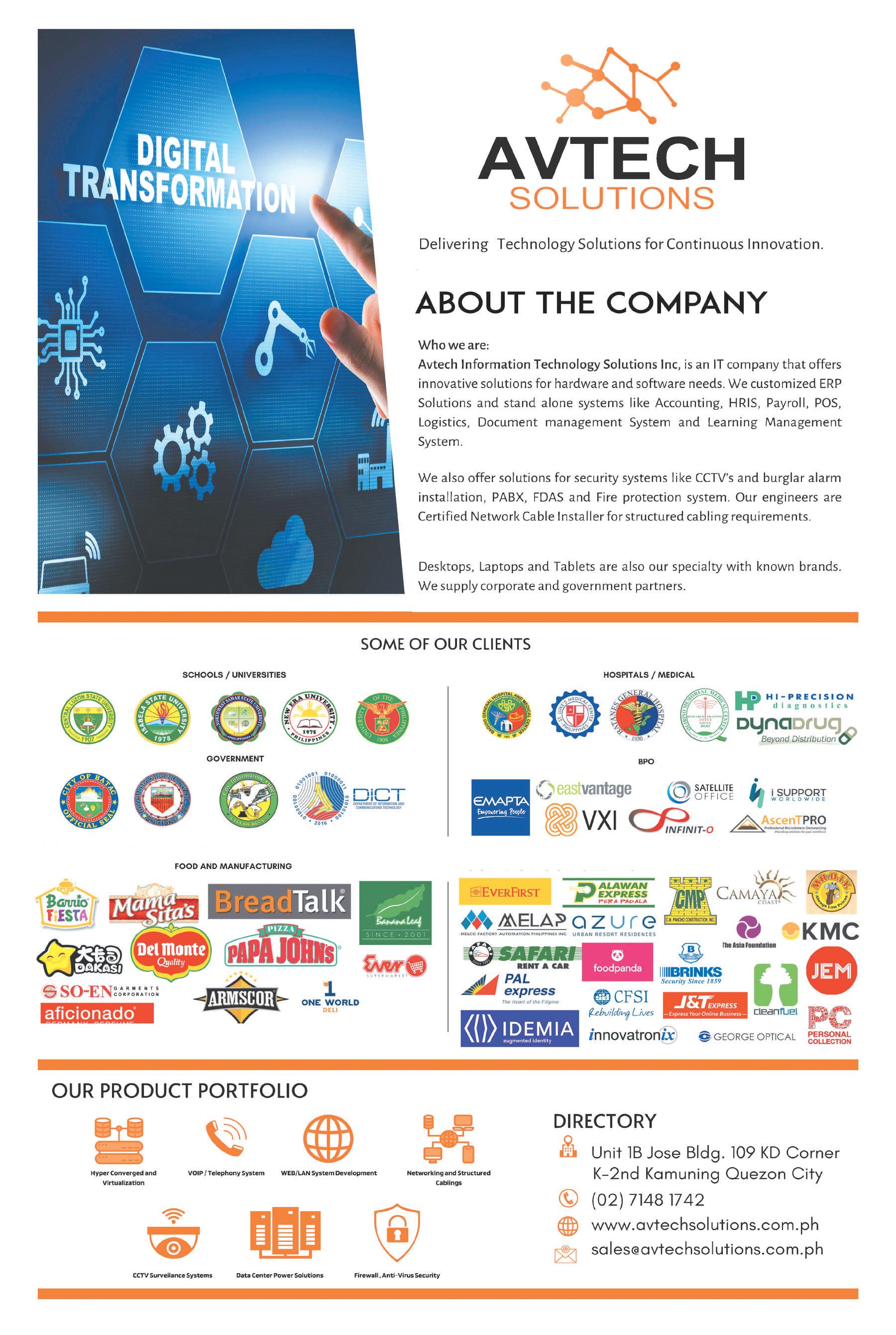
1 minute read
UP mathematicians develop Baybayin translator
MATHEMATICIANS from the University of the Philippines - Diliman are currently engaged in enhancing their recently developed Baybayin translator system. Their goal is to create a two-way translator and eventually develop a mobile app.
The team, consisting of master’s student Rodney Pino and associate professors Renier Mendoza and Rachelle Sambayan, has designed an algorithm that converts a photograph of text into binary data. This data is then processed through a support vector machine (SVM) character classifier, which automatically de- termines whether the characters are Baybayin or Latin.
Advertisement
The paragraph-level optical character recognition (OCR) system developed by the team can differentiate between entire blocks of Baybayin and Latin characters in an image of text. Their ongoing work involves the development of a comprehensive translator. Pino explained that they have compiled a dataset for Baybayin characters, including combinations like character A and character BA. By using SVM techniques and mathematical methods, the system can distinguish between these datasets and identify characters BA and A. The team has gathered 110 paragraphs from various websites containing hand- or typewritten Baybayin, Latin, or a combination of both.
The OCR system is capable of providing the Latin equivalents of Baybayin characters on a page and generating a transliterated version of the text. The Filipino mathematicians are now focused on enhancing the OCR system to analyze the context of Baybayin words and phrases. Additionally, they are working towards creating a two-way transla- tor that can convert Latin words with foreign sounds into Baybayin. The ultimate aim is to refine the software to make it user-friendly and develop a mobile application that enables automatic and accurate translation of Baybayin characters by simply hovering over the phone.
Mendoza acknowledged the challenges faced by the OCR system in accurately translating Baybayin words and sentences. The system currently struggles to differentiate between similar-looking Baybayin characters such as E and I, as well as O and U. Mendoza stated that the algorithm used provides multiple potential translations for Baybayin words.
Despite these challenges, the group remains hopeful that more researchers will take an interest in studying Baybayin to aid in its preservation. Sambayan emphasized the significance of identifying and translating Baybayin, as many Filipinos are unable to read or write in this ancient script. The team aspires to preserve and pass on the knowledge of Baybayin to future Filipino generations through their OCR system.
(The PEN Editorial Staff)











